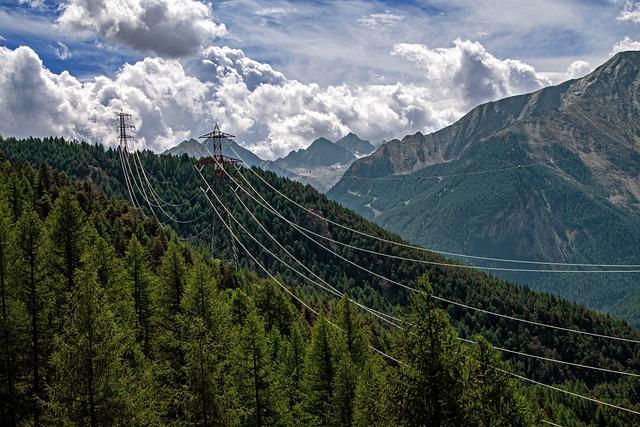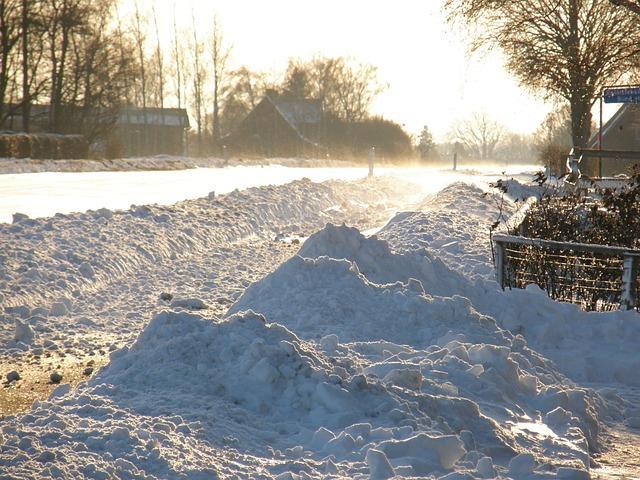Bioremediation is a natural and cost-effective method used to treat contaminated environments, such as soil and water. One particular approach that has gained attention in recent years is the use of trees as a tool for bioremediation. Trees have the ability to absorb and accumulate contaminants from the environment, making them a valuable resource in the restoration of polluted ecosystems. This article will explore the various ways in which trees can be utilized for bioremediation, as well as the benefits and challenges associated with this innovative approach.
Types of Contaminants Trees Can Help Remove
Trees play a crucial role in bioremediation by absorbing and breaking down various contaminants from the environment. Some common types of contaminants that trees can help remove include:
- Heavy metals such as lead, cadmium, and mercury
- Organic compounds like polycyclic aromatic hydrocarbons (PAHs) and pesticides
- Nutrient pollutants such as nitrates and phosphates
Benefits of Using Trees for Bioremediation
Utilizing trees for bioremediation offers numerous benefits, including:
- Natural and sustainable remediation approach
- Enhanced biodiversity and ecological restoration
- Cost-effective compared to traditional remediation methods
Q&A
Q: What is bioremediation?
A: Bioremediation is a process that uses living organisms, such as microorganisms and plants, to clean up contaminated sites.
Q: How do trees contribute to bioremediation efforts?
A: Trees can help with bioremediation by absorbing pollutants through their roots and converting them into less harmful substances.
Q: What are some of the common pollutants that trees can help remove from the environment?
A: Trees can help remove pollutants such as heavy metals, petroleum hydrocarbons, pesticides, and solvents.
Q: Are certain tree species more effective at bioremediation than others?
A: Yes, some tree species, such as willows and poplars, are known for their ability to uptake and break down pollutants more effectively than others.
Q: How long does it typically take for trees to clean up contaminated soil or water through bioremediation?
A: The time it takes for trees to bioremediate a site can vary depending on the type and level of contamination, as well as environmental conditions. It can take years for significant improvements to be seen.
Q: Are there any potential drawbacks to using trees for bioremediation?
A: Some potential drawbacks include the time it takes for trees to fully clean up a site, the need for ongoing monitoring and maintenance, and the potential for contaminants to accumulate in tree tissues.
Q: What are some real-world examples of successful tree-based bioremediation projects?
A: Examples include the use of willow trees to clean up contaminated wastewater at industrial sites, and the use of poplar trees to remove pollutants from soil at former mining sites.
Q: How can individuals and communities support tree-based bioremediation efforts?
A: Individuals and communities can support bioremediation efforts by planting trees in contaminated areas, promoting green spaces in urban environments, and advocating for sustainable land use practices.
Conclusion
the use of trees in bioremediation is a promising and environmentally-friendly approach to cleaning up contaminated sites. By harnessing the natural cleaning abilities of trees, we can effectively remove pollutants from the soil and improve the health of our ecosystems. As we continue to research and implement these innovative techniques, we can work towards a more sustainable and healthier future for our planet. Remember to consider the potential benefits of utilizing trees in bioremediation for your own environmental restoration projects.
Simpsons Tree Services, Servicing Melbourne’s North Eastern Suburbs
Book a quote online at www.simpsonstrees.com.au



